Woven or Non-Woven Landscape Fabric: Which is Right for Your Garden?
Learn the differences between woven and non-woven landscape fabrics for weed control and soil stabilization.
Tel: +86-411-39569550 | E-mail: info@geofantex.com/geofantex@gmail.com
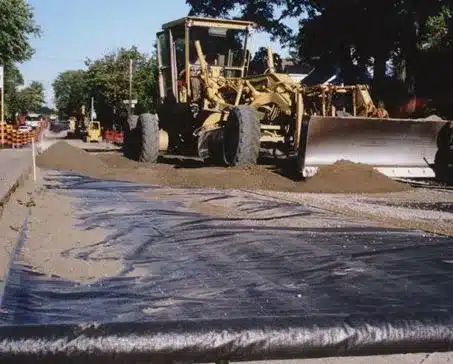
Learn the differences between woven and non-woven landscape fabrics for weed control and soil stabilization.
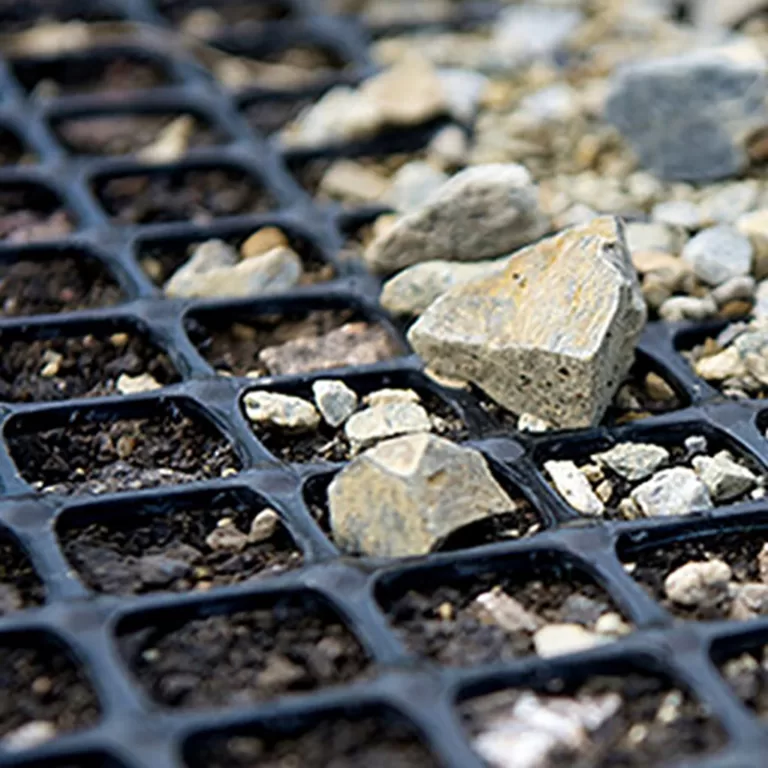
If your project involves stabilizing slopes or retaining earth, you will need geogrid. Geogrid is a synthetic, flexible mesh designed for these purposes, available in various materials, strengths, and sizes. Made from woven polyester or high-tensile strength plastic, it comes in rolls and is available in both uniaxial and biaxial forms. Biaxial geogrid, most commonly used for retaining walls under 10 feet, can be rolled in both directions while maintaining its reinforcement properties, unlike uniaxial geogrid, which can only be rolled out in one direction.
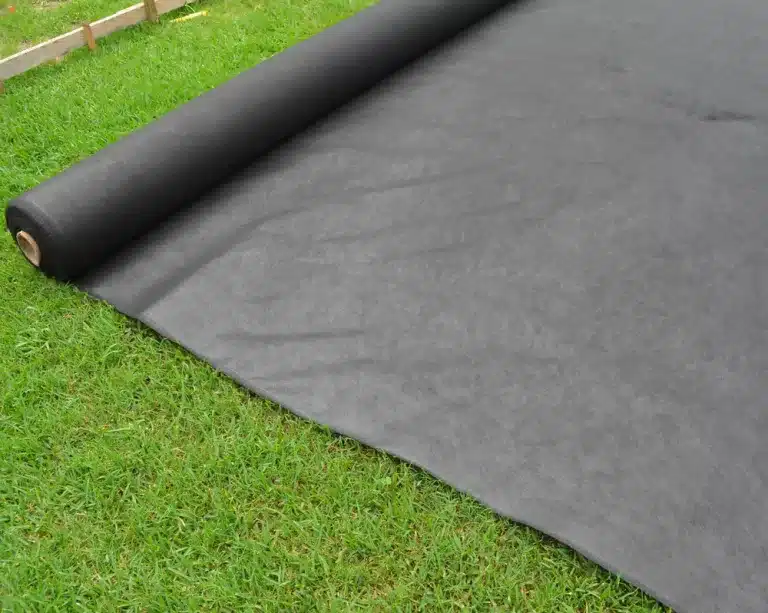
Landscape fabric is an essential tool for landscape designers, providing solutions for weed suppression and soil stabilization.
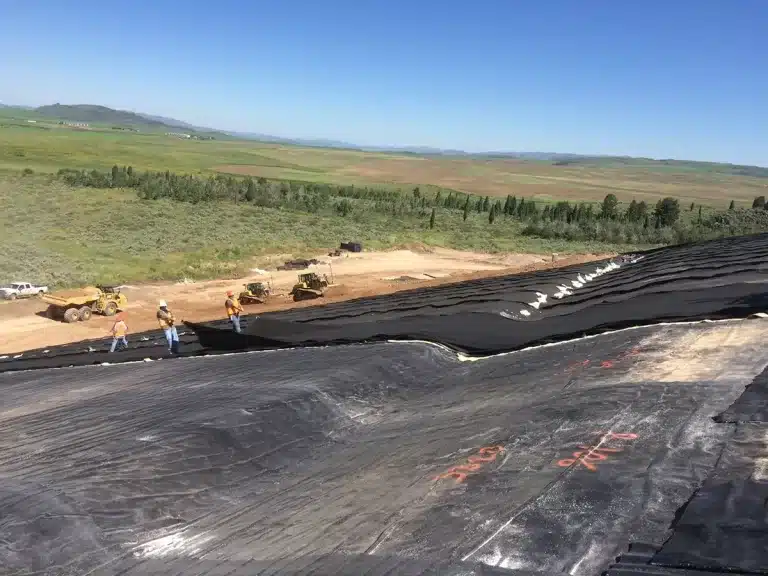
In the realm of construction and civil engineering, materials that enhance the stability, durability, and efficiency of structures are invaluable. One such material that often flies under the radar but plays a crucial role in various applications, including half-inch underlayment, is geocomposite. This article delves into the intricacies of geocomposite, exploring its distinctions from geotextile, its thickness in drainage applications, its role in liners, and its overarching purpose in construction projects.
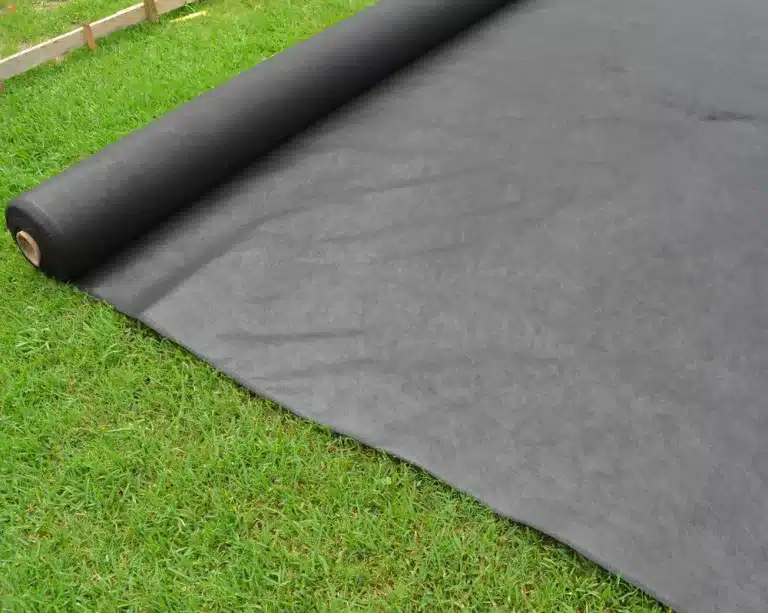
Landscapers and gardeners alike recognize the importance of landscaping fabric for their gardens or any hardscape project.

As road infrastructure continues to evolve, engineers and construction professionals are constantly seeking innovative solutions to enhance road durability and performance. One such advancement is the use of geocells in road reinforcement. This article explores the concept of geocells, and their application in road construction, and addresses common questions regarding their usage, gravel size, weld spacing, and installation process.

In the realm of civil engineering and environmental protection, geomembranes play a pivotal role in safeguarding structures against water damage. These impermeable sheets serve as a barrier to prevent water seepage, making them a cornerstone in the construction of waterproofing membranes for walls. Let’s delve into the science behind geomembranes, exploring their purpose, types, and effectiveness in preserving the integrity of various structures.

Geocell erosion control products are innovative geosynthetic materials widely used for soil stabilization and erosion prevention.
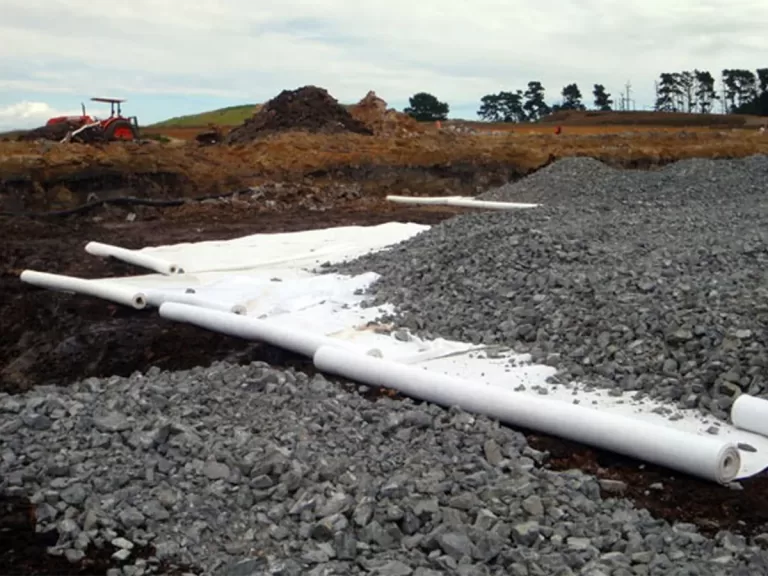
Geotextile fabrics are rapidly transforming landscaping practices around the globe. As an integral component of the “material landscape,” these fabrics offer solutions for soil stabilization, weed suppression, and moisture management. This popular science article explores how geotextile is used in landscaping, answers key questions about its application, and highlights its benefits and effectiveness.

Hillside erosion is a natural process that can cause significant environmental and structural damage if not properly managed. As urban development expands and natural landscapes are altered, effective erosion control solutions become crucial. Among these solutions, geotextiles have emerged as a vital tool that can instantly reduce the erosion potential of disturbed soil and/or reduce or eliminate erosion on critical sites from wind and water. This article explores how geotextiles help prevent erosion, what they are made of, their durability, and their environmental impact.
End of content
End of content
WhatsApp us